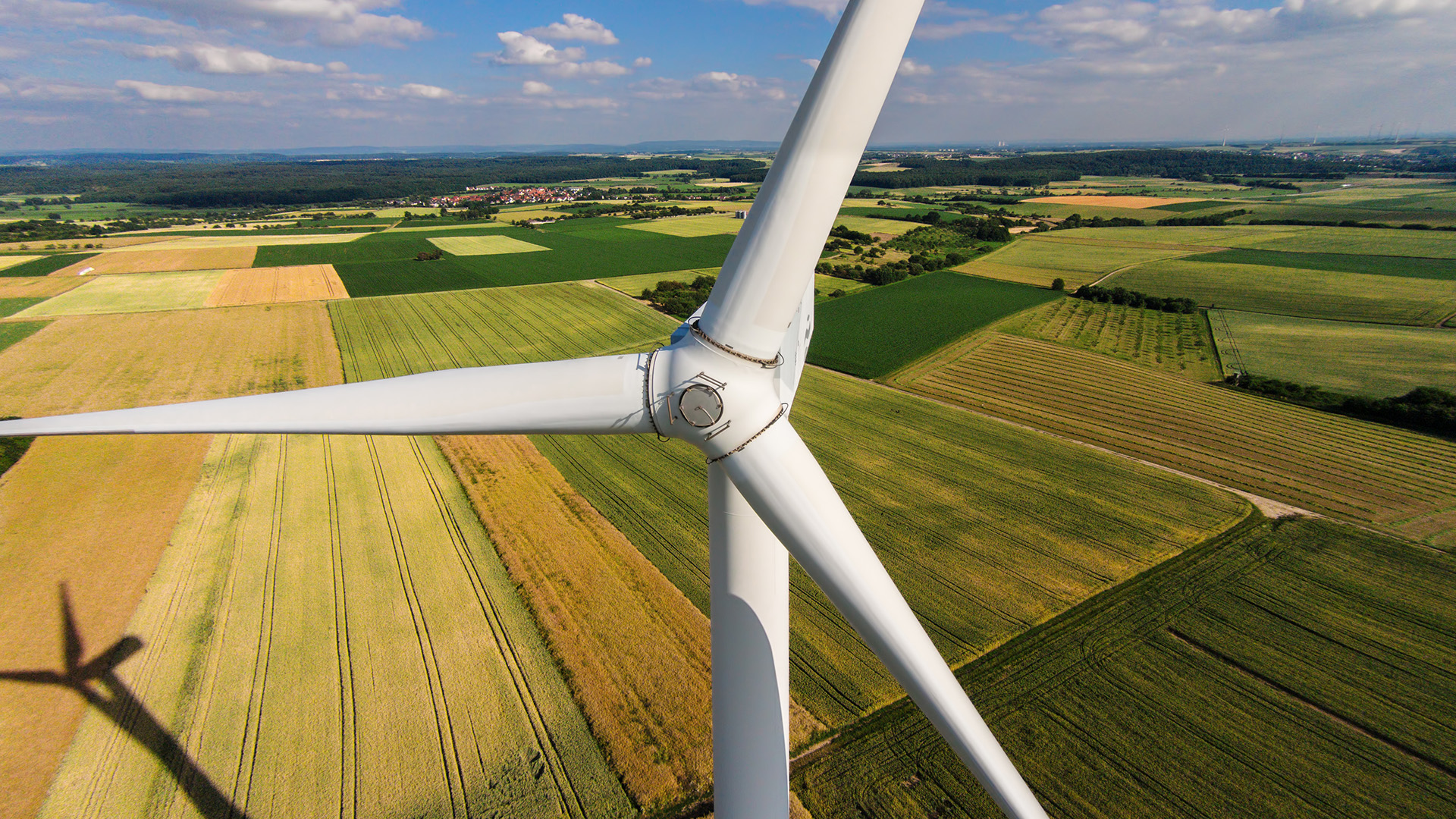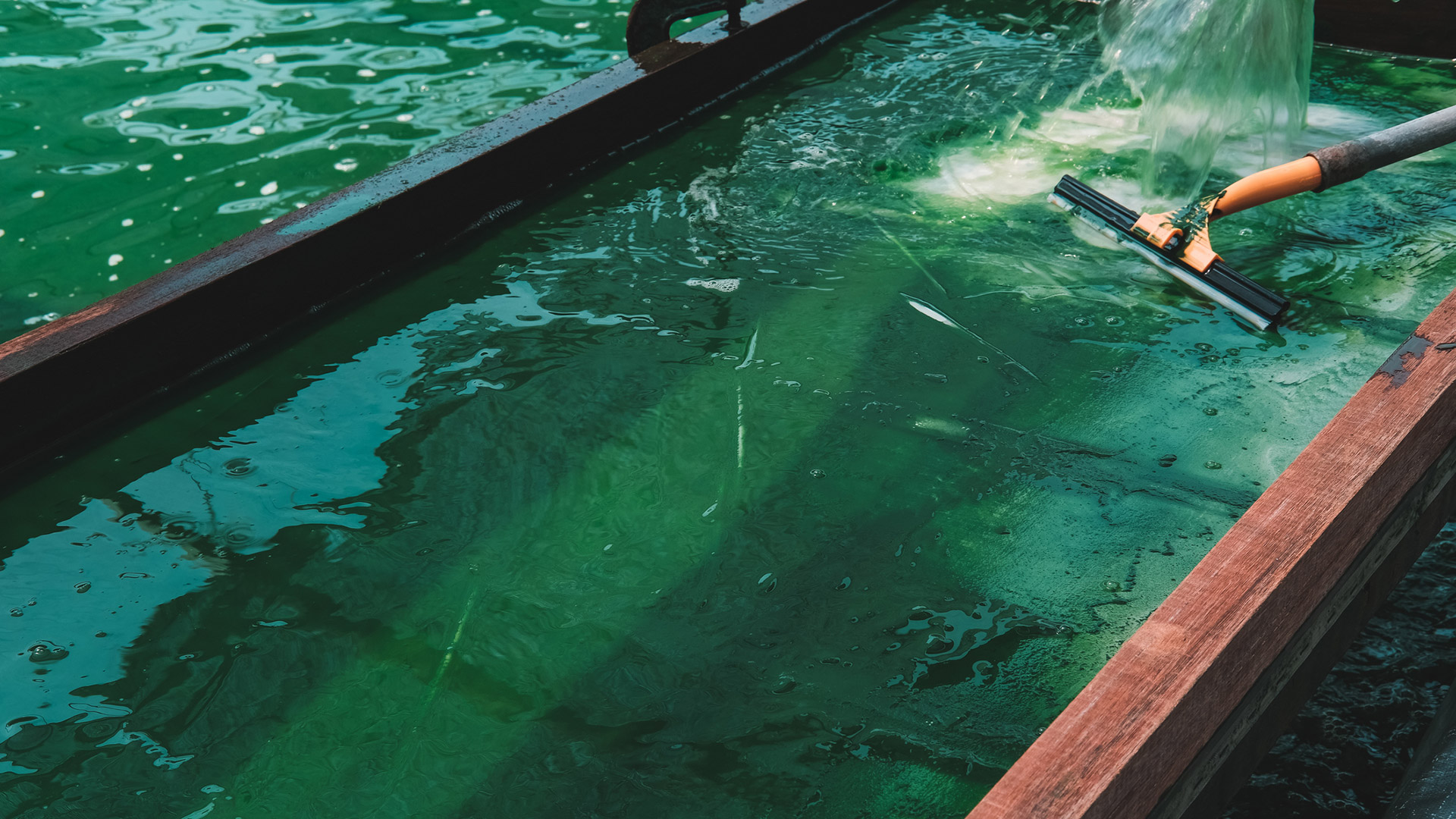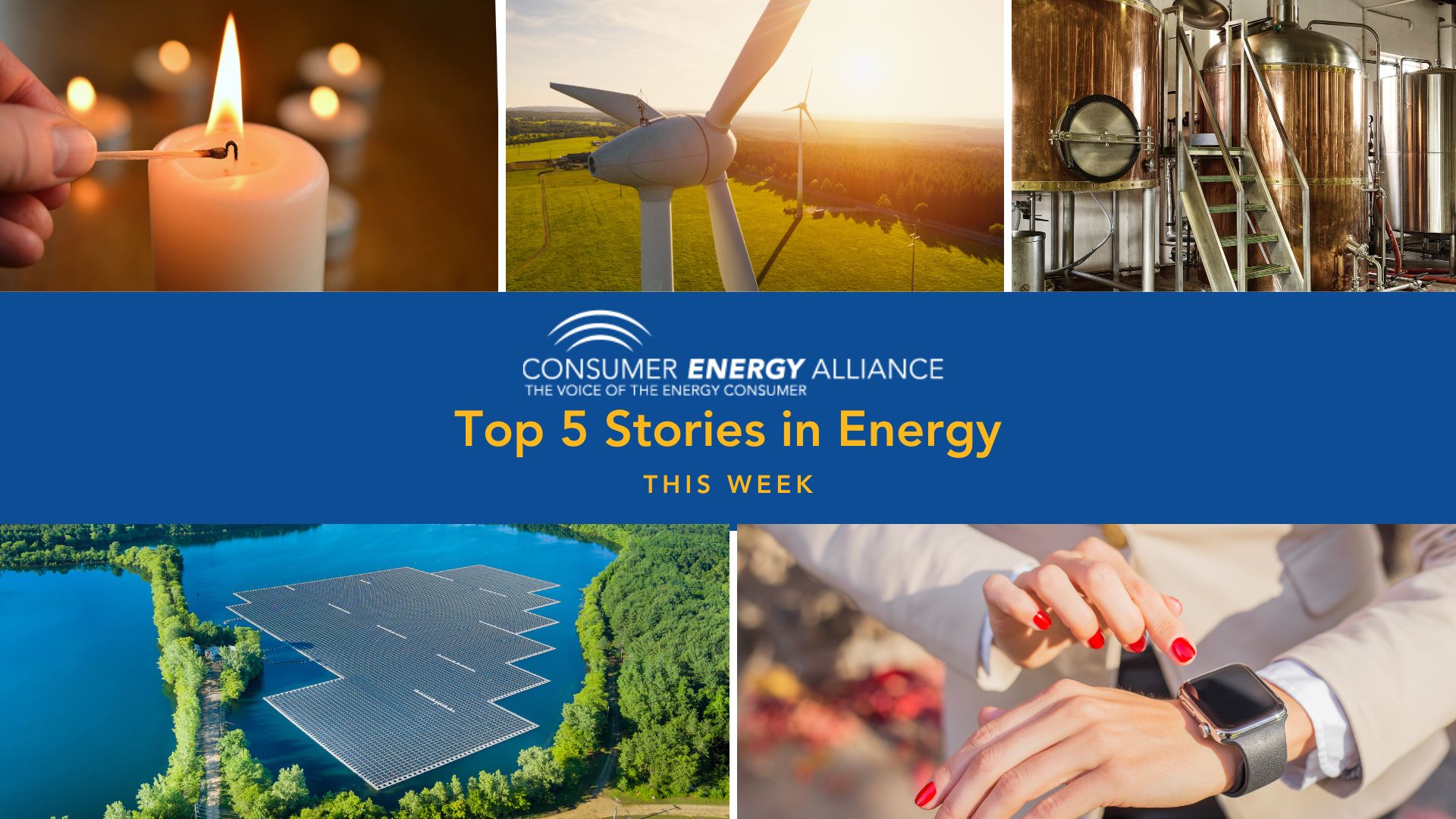Gas prices are on the rise and unfortunately, they’re expected to keep climbing, with some experts predicting oil could top $100 a barrel. AAA shows that gas prices have risen nearly a dollar on average since this time last year.
Meanwhile, the White House Press Secretary, Jen Psaki, this week said the Administration wants affordable and reliable energy and confirmed that they have been in discussions with officials in Saudi Arabia and the United Arab Emirates to reach an agreement to stem the rise in crude prices.
Meanwhile, BP’s annual energy report released this week showed that emissions from the energy sector in 2020 declined by their highest percentage since the end of WWII, as demand for oil declined amid the COVID-19 pandemic.
Looking for more energy news? Check out our five favorite stories below!
Global wind, solar capacity rose last year
Global wind- and solar-power capacity grew last year, even as the coronavirus pandemic decreased overall energy demand. The Wall Street Journal reports on how renewable energy as a whole represented 6% of the world’s energy consumption last year.

Coming soon: Solar powered watches
Solar power isn’t for roofs anymore! The NY Times tells all about how watchmakers are turning to watches that convert light to energy now, including benefits such as longer-lasting batteries, touch screens and high-fashion design.

Using candles to help create better batteries
Researchers at the Department of Energy’s Pacific Northwest National Laboratory have found that a compound found in candles could help in developing better batteries for renewables. E&E News explains how an organic compound commonly used in candles could help store massive amounts of energy for the electric grid and provide more backup for renewable power.
 Brewery and algae go together to reduce emissions
Brewery and algae go together to reduce emissions
A brewery teamed up with the University of Technology Sydney (UTS) to use algae tanks to help lower emissions as it brews beer. Nerdist breaks down the process of how the algae consumes the CO2 produced by the brewing process.

Exploring modular, floating tidal energy systems
The biggest tidal energy systems today rely on large underwater walls, with gates that open and close as the tide changes to leverage the water levels to turn turbines. New Atlas shows how new floating platforms work and how they recently breezed through a testing regime that simulated 20 years of real-world conditions.


